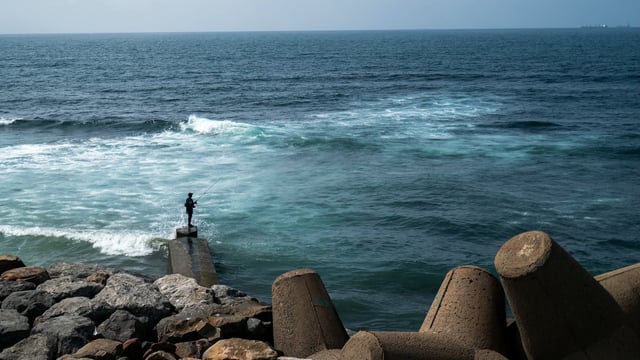Overview
- Satellite data from 2003 to 2022 show chlorophyll concentrations rising in polar regions while declining in subtropical and tropical waters.
- Warming sea surface temperatures correlated with these chlorophyll shifts, and other factors such as wind speed, light availability and mixed layer depth showed no significant links.
- Researchers caution that the two-decade record is too brief to distinguish long-term climate change effects from natural variability.
- A sustained drop in equatorial phytoplankton could force a redistribution of global fisheries and jeopardize food security in fishing-dependent low- and middle-income nations.
- Changes in phytoplankton biomass may shift where and how deeply carbon is sequestered in the ocean, with implications for the global carbon cycle.

